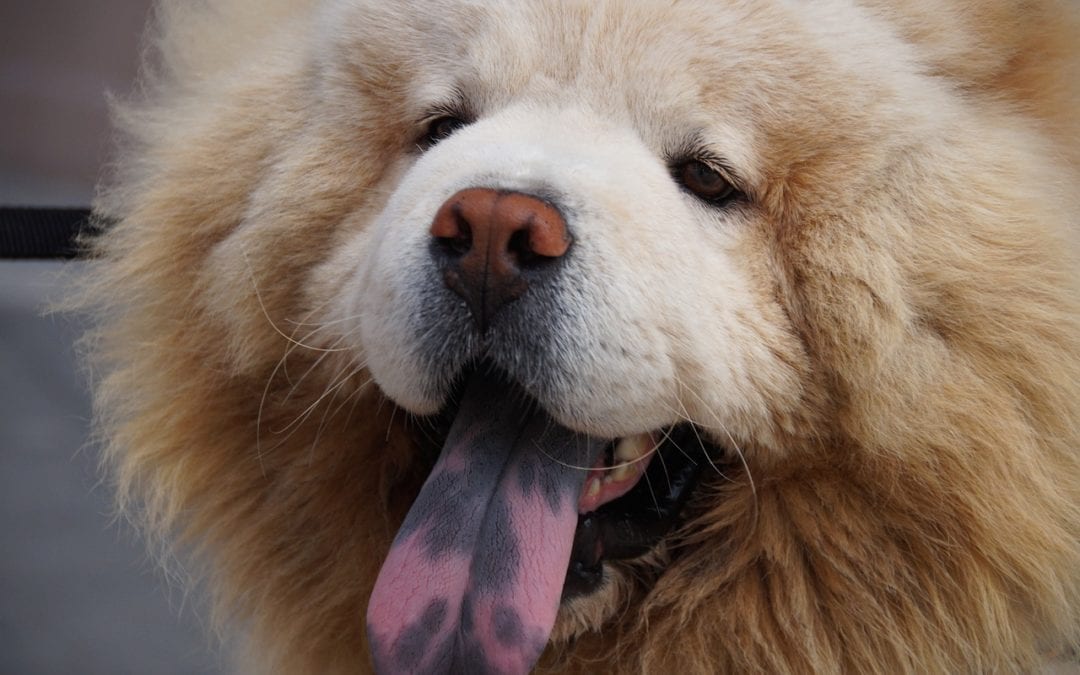Most of us are intimately familiar with our dog’s less than pleasant “doggie breath”. We tend to ignore it because, hey, it’s a dog, and they have bad breath… Right?
Wrong. Contrary to popular belief, dogs are actually not supposed to have bad breath. Also known as halitosis, bad breath in dogs usually signals a deeper health concern, which is why it’s vitally important to investigate and treat this symptom of dog breath.
Causes Of Bad Breath In Dogs
The vast majority of halitosis in dogs is caused by periodontal disease. Up to 85% of cats and dogs show signs of periodontal disease by the time they are 3 years of age. Besides causing significant pain and eventual tooth loss, untreated periodontal disease can lead to disastrous consequences for your pet’s overall health including kidney and heart disease, diabetes, and even cancer.
Besides bad breath, signs your dog may have periodontal disease include:
- Red, swollen, or bleeding gums
- Loose or broken teeth
- Discolored teeth
- Excessive drooling
- Pawing at the mouth
- Loss of interest in eating or playing with chew toys
Other causes of bad breath in dogs are:
- Diabetes mellitus
- Respiratory problems
- Inflammation of the throat or tonsils
- Gastrointestinal problems
What To Do About Your Dog’s Bad Breath
Fortunately, your dog’s bad breath, and the underlying health issues that cause it, can usually be rectified with proper veterinary and home care.
Wellness exams – Keeping your dog’s regularly scheduled wellness visits is an absolute must when it comes to treating the underlying problems that cause bad breath. We examine your pet’s mouth at each visit and work to catch and treat health concerns as they arise.
Professional dental cleanings – You wouldn’t skip your regular professional dental exams, and neither should your pet. While we do a cursory exam at your pet’s wellness check, a professional cleaning under anesthesia is the bread and butter of professional pet dental care, in so far as it allows us to clean the plaque and tartar off your pet’s teeth (goodbye dog breath!) and get a more in-depth look at your pet’s oral health. During your wellness exams, we also look for more serious dental issues such as an abscessed tooth that may need extraction.
Home care – Taking care of your dog’s mouth at home is one of the best ways you can help ensure his or her overall health and longevity. Brush your dog’s teeth at least a few times per week (daily is better) using a pet-safe toothpaste (never use human toothpaste on a dog). Once each week, lift your pet’s lips and examine the inside of his or her mouth, looking for signs of periodontal disease or other problems.
Know your dog’s normals – Use your intimate knowledge of your pet’s normal appearance and behavior patterns to help you determine if he or she needs medical evaluation. Call us right away if you observe any changes to your dog’s gums, skin, or behaviors.
Keeping your pet healthy, pain-free (and even smelling good!), are what we are all about at ULVH. We are happy to answer your questions regarding your dog’s oral health!

